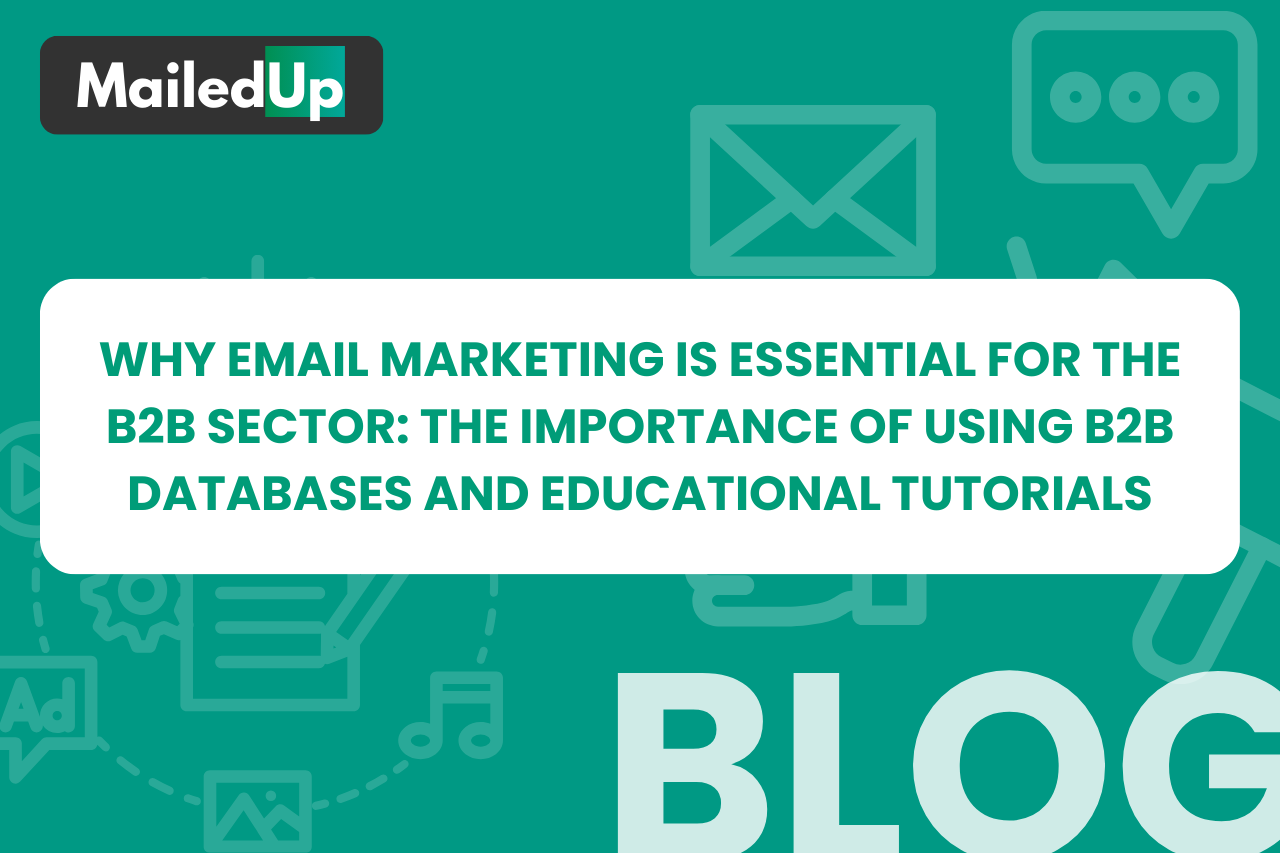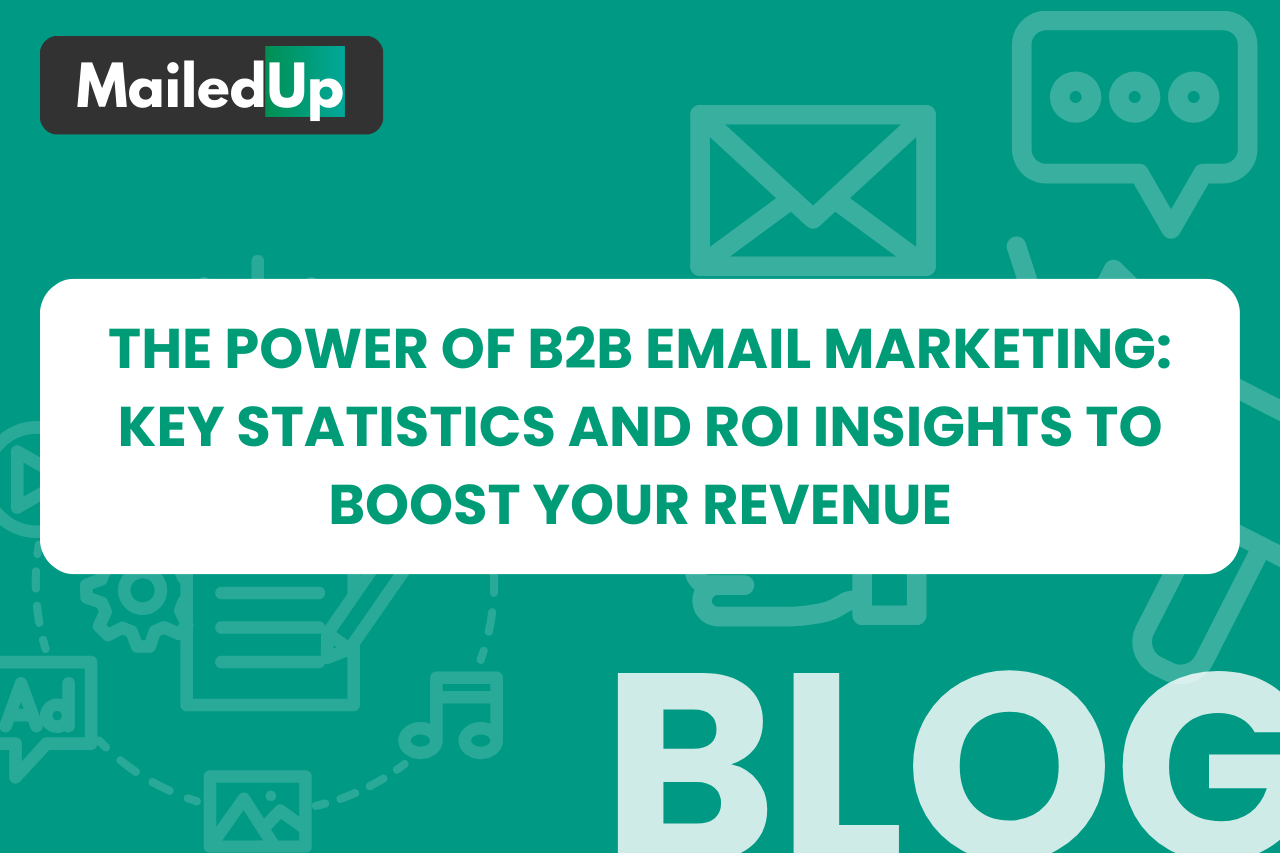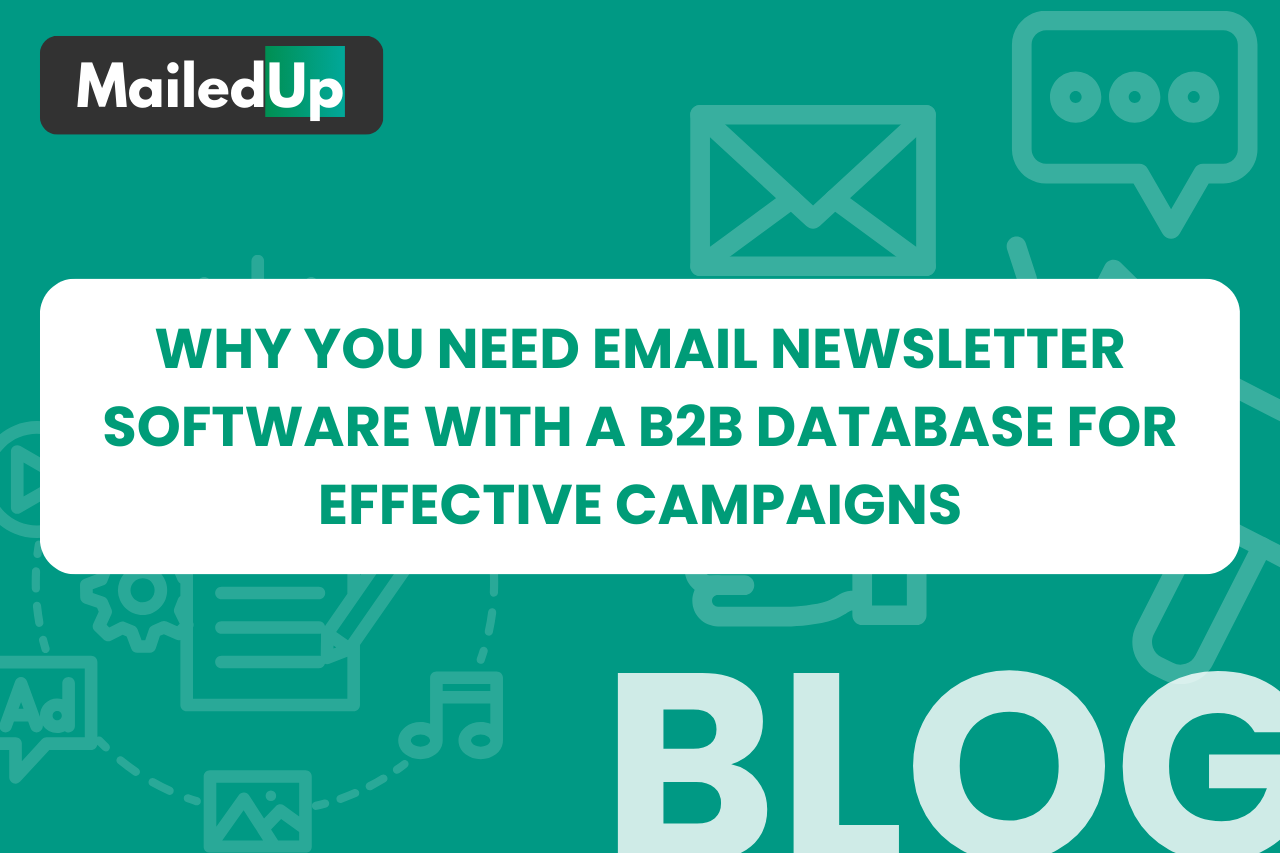Email Marketing: A Guide for B2B Success
Email marketing remains one of the most powerful tools for B2B companies to connect with their target audience, generate leads, and drive sales. However, the foundation of any successful email marketing campaign lies in using a high-quality B2B database. In this post, we’ll explore step-by-step how to craft an effective email marketing campaign using a GDPR-compliant B2B email database.
Step 1: Start with a Clean, GDPR-Compliant Database
Before you can create effective campaigns, ensure your B2B database is accurate, up-to-date, and fully compliant with GDPR. A clean database provides:
- Accurate Targeting: Remove invalid or outdated email addresses.
- Improved Deliverability: Reduce bounce rates and improve sender reputation.
- Legal Compliance: Avoid hefty fines and demonstrate your commitment to privacy laws.
Invest in a trusted GDPR-compliant database provider to ensure every email address you use is verified and valid.
Step 2: Define Your Target Audience
Your B2B database is likely filled with contacts from various industries, roles, and company sizes. To maximize engagement, segment your audience based on:
- Industry or Sector: Tailor messaging for specific verticals like technology, healthcare, or manufacturing.
- Job Role: Address decision-makers like CEOs differently than team leads or procurement officers.
- Company Size: Small businesses may have different priorities than large enterprises.
A segmented database allows you to craft personalized campaigns that speak directly to the recipient’s needs.
Step 3: Set Clear Objectives
Every email marketing campaign should have a well-defined purpose. Common objectives for B2B campaigns include:
- Generating leads by offering a free resource (e.g., eBooks, whitepapers).
- Nurturing existing leads with educational content or case studies.
- Promoting a product, service, or upcoming event like a webinar.
- Encouraging customer retention through discounts or exclusive offers.
Your objectives will guide the tone, format, and call-to-action (CTA) for your emails.
Step 4: Craft Compelling Email Content
Effective email marketing begins with a clear and engaging message. Here’s how to craft compelling emails:
Subject Line
- Keep it concise (50 characters or fewer).
- Spark curiosity or urgency (e.g., “Unlock Exclusive B2B Discounts Today!”).
- Personalize when possible (“John, Here’s How We Can Help Your Team”).
Body Content
- Get to the Point Quickly: Busy professionals won’t read lengthy intros.
- Highlight Benefits: Focus on what the recipient gains, not just what you offer.
- Use Visuals Wisely: Include charts, images, or infographics to break up text and add visual appeal.
Call-to-Action (CTA)
- Make it clear and direct. Examples include:
- “Download Your Free Guide.”
- “Schedule a Free Consultation.”
- “Try Our Software Free for 14 Days.”
Step 5: Automate and Personalize
Automation tools can help you scale your email marketing efforts while maintaining a personal touch. Key features to utilize include:
- Triggered Emails: Automatically send follow-ups based on recipient actions (e.g., after opening an email).
- Dynamic Content: Personalize email content based on recipient data like name, company, or recent interactions.
- Behavior Tracking: Monitor how recipients engage with your emails and adjust your campaigns accordingly.
Automation saves time and ensures consistent communication with your audience.
Step 6: Monitor Metrics and Optimize
The success of an email marketing campaign lies in tracking performance and making data-driven adjustments. Key metrics to monitor include:
- Open Rate: Indicates the effectiveness of your subject lines.
- Click-Through Rate (CTR): Shows how engaging your email content and CTAs are.
- Bounce Rate: Measures the percentage of undeliverable emails (should be minimized).
- Conversion Rate: Tracks how many recipients take the desired action, such as signing up for a demo.
Use these insights to test and refine your campaigns over time.
Step 7: Avoid Common Mistakes
Even seasoned marketers can stumble into pitfalls. Watch out for these common errors:
- Sending Too Many Emails: Bombarding recipients can lead to unsubscribes.
- Using Non-Compliant Data: Always ensure your database is GDPR-compliant.
- Generic Messaging: Avoid cookie-cutter templates that lack personalization.
- Overloading with Links: Stick to 1-2 links per email to avoid spam filters.
A thoughtful approach ensures your campaigns resonate with recipients and achieve desired outcomes.
Benefits of Using Our Software for Email Campaigns
Our newsletter software, combined with a GDPR-compliant B2B database, empowers companies to run impactful email campaigns. Key features include:
- Pre-Built Templates: Save time with customizable templates optimized for B2B audiences.
- Integrated Database Management: Easily segment and organize your contacts within the platform.
- Comprehensive Analytics: Track open rates, CTRs, and conversions with user-friendly dashboards.
- Full GDPR Compliance: Rest assured that every campaign adheres to legal standards.
Real-Life Example: A Successful Campaign
One of our clients, a SaaS provider, leveraged our database and software to:
- Segment their audience by industry.
- Personalize emails based on company size and job title.
- Use automated follow-ups to nurture leads.
The result? A 40% increase in open rates and a 25% boost in conversions over three months. This case illustrates how a targeted, compliant approach can drive remarkable results.
Prev Article
The Ultimate Guide to Using a B2B Email Database for Effective Email Marketing
Next Article
Why Email Marketing is Essential for the B2B Sector: The Importance of Using B2B Databases and Educational Tutorials




